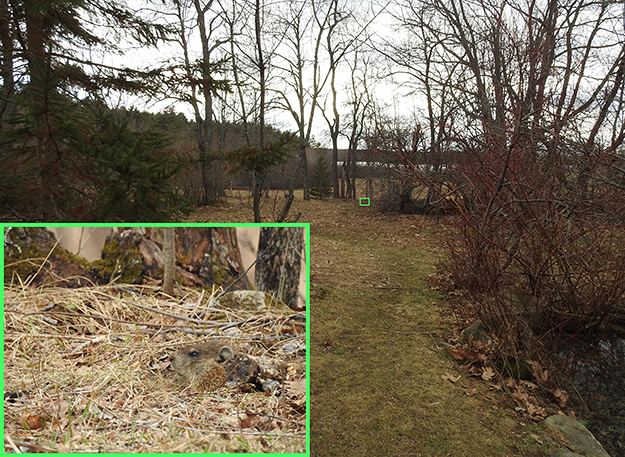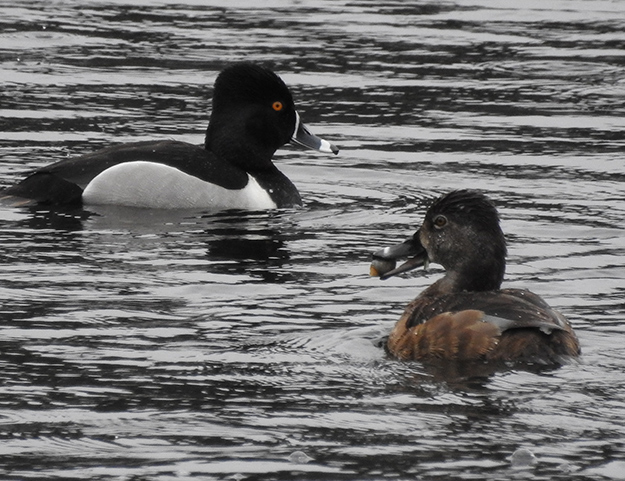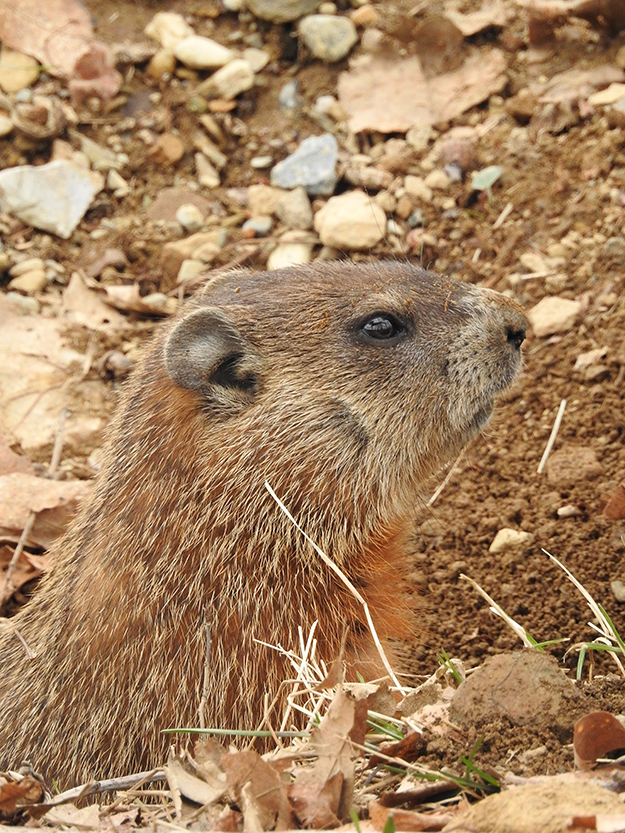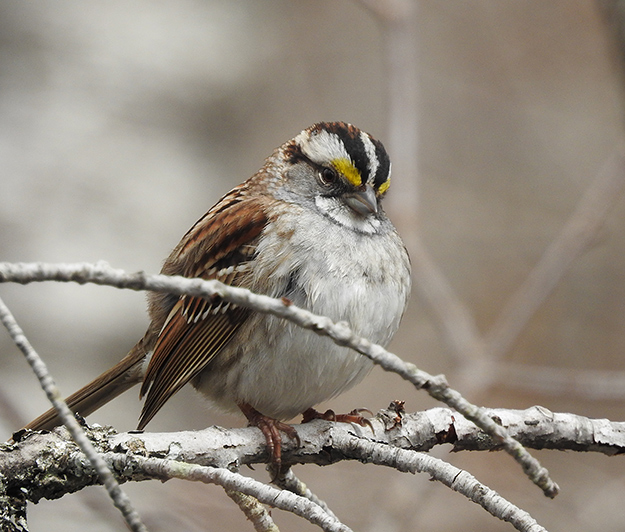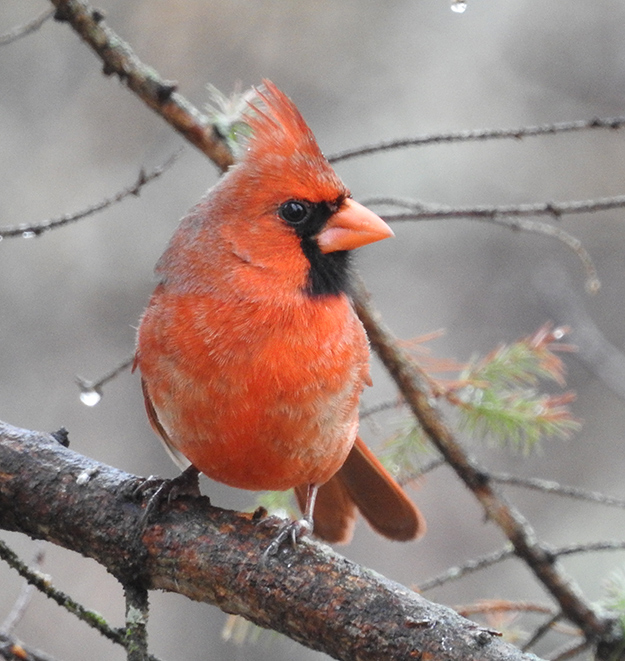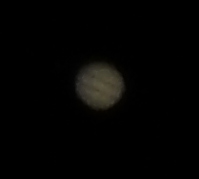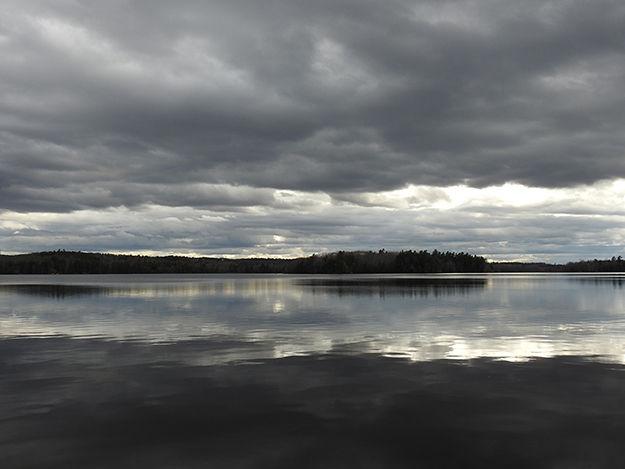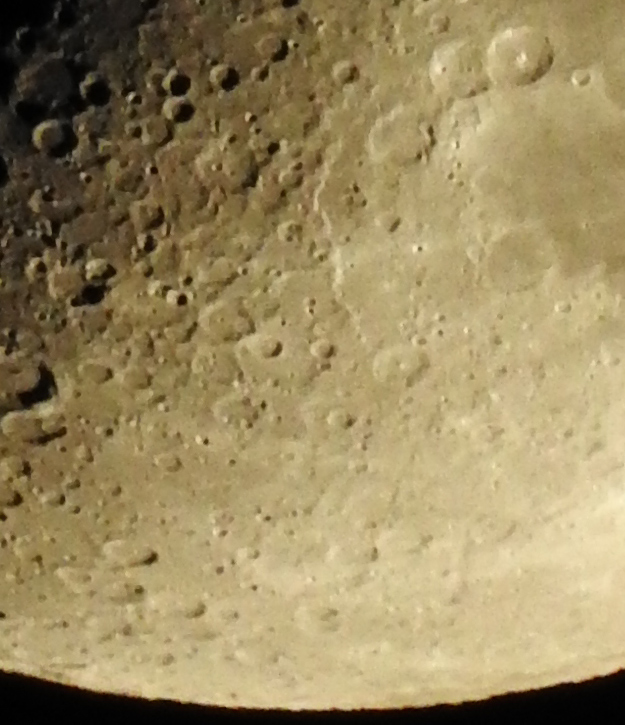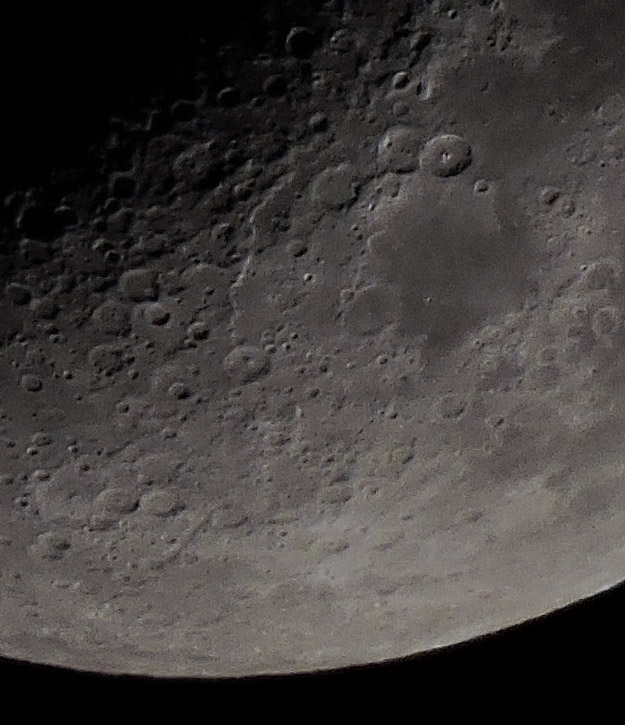Groundhog Day in Maine! We post Nikon P900 initial gallery images and first impressions
posted Monday, May 11, 2015 at 6:15 PM EST
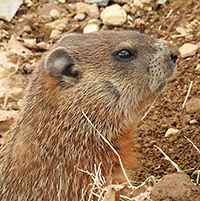
The Nikon P900 features an impressive 83.3x optical zoom, ranging from a 24mm f/2.8 equivalent focal length all the way to 2000mm f/6.5. To get a focal range like this in a reasonably sized camera, the image sensor has to be small, so the P900 has a 16mp backside-illuminated 1/2.3” CMOS sensor.
The first time I took this camera out to shoot, it became immediately evident that the Nikon P900 opens up new shooting possibilities in a way unlike any other camera or lens I’ve used. Out in the field, the focal length range is incredible. To be able to capture a landscape scene and a close-up image of distant wildlife without changing lenses is truly impressive. In fact, the most interesting application I’ve found for the P900 so far is in capturing wildlife.
Pulling in The Wild
Typically, when I want to photograph a distant animal, I will have to move closer and risk missing the opportunity. In many cases there is no way to get close to the wildlife I'd like to capture with traditional gear, and far too often I will simply not be able to get the images I want. But with the P900, I can simply zoom in! While lens sharpenss does decrease somewhat both near and at 2000mm, images taken at 2000mm can still be quite sharp when there is adequate light. And moving to 1500mm really tightens things up, which is still further than any other fixed lens zoom can optically reach today.
[Some images have been cropped. Click any image to take you to a carrier page for access to the full resolution image as delivered straight from the camera as well as EXIF information, etc. Color commentary below my gallery images provided by IR editor Dave Pardue. All images were shot handheld unless specifically noted.]
1400mm eq. is approaching the hard and fast optical limit for the next farthest-reaching super-zoom currently on the market, which is the reported 1440mm reach of the Nikon P600/P610*. The P900 takes this range in gentle stride, barely stretching its proverbial legs to achieve this groundhog profile.
*[Studious readers already know from this page of our 2014 Best Superzoom shootout that the P600 actually achieves a roughly 1380mm eq. range - which is still the second farthest behind this model.]
Upping the ante to 1500mm eq. continues to show amazing sharpness for this class of camera and sensor size. To really get down to the pixel level and study the detail just click the image and then from the image carrier page click through to the full resolution image as seen straight from the P900.
Inset image: 1/60s / f/6.5 / ISO 400 / 2000mm eq.
The inset above is not a digital blow-up - it's a seperate image shot at full tele to show the enormous range within one overall image. This is just handheld on a stroll through the woods - no tripod needed.
When shooting at longer focal lengths, the maximum aperture decreases to f/6.5, and so far, I’ve used the camera primarily in overcast conditions. If not for the P900’s vibration reduction system, handheld shooting would have been out of the question, but most of these shots in this initial gallery are, indeed, handheld! The P900 has optical image stabilization which Nikon claims provides 5-stops of vibration reduction. This new dual-detect vibration reduction system works well and allows the camera to consistently select the ISO sensitivity and shutter speed that nicely balances focal length and image quality considerations.
Digital fine zoom
Below I've begun to push the envelope into digital fine-zoom territory, which increases the range up to 2x (4000mm eq.!) while endeavoring to preseverve the image quality. And while not perhaps quite as crisp as images found in the optical range, this really is some long stretch for a camera in such a relatively small package.
I've been duly impressed with the P900’s image quality, particularly at low ISO settings. Image quality does decrease rather quickly as ISO increases, however, especially upwards of ISO 800, so bear that in mind as you sometimes need higher ISOs with that smaller aperture at the tele end. This is a fact of life with all superzooms though, given the small sensor, so it's more indicative of the nature of the product than with this particular model. And while it’s disappointing that the P900 does not capture RAW files, as some superzooms do like the Fuji S1, the camera has done a good job metering both exposure and white balance, which helps make the JPEGs more palatable.
From Fields Pond to Jupiter
It's easy to get caught up in the zooming moment, but as I'd said before, it's also nice to be able to zoom out and capture a wide angle image at will. Below is one of the better ones I caught in my first few days with the P900. And of course no superzoom camera gallery would be complete without at least one shot of our beautiful nearest neighbor, but I was also able to find a few moments in the cloud break to try and capture some detail from Jupiter. I only had a small window, but was suprised to find that I was able to wrestle some detail from the cloud patterns of the Jovian storm system, as seen in the crop to the right. (The jupiter image and lunar image were both shot on a tripod.)
Below is a 1:1 crop showing how the P900 images the moon at its full optical 2000mm eq. reach, and below that is the P600 as seen from our Best Superzoom 2014 article at its 1440mm eq. reach for both focal length and image quality comparisons, showing the same area of the moon.
In my upcoming shooter’s report, I'll provide a detailed look at the Nikon P900’s performance, and will also discuss how the camera handles out in the field as well as how its major features perform. Stay tuned!
• Nikon P900 Overview • Gallery • Lab Samples •
